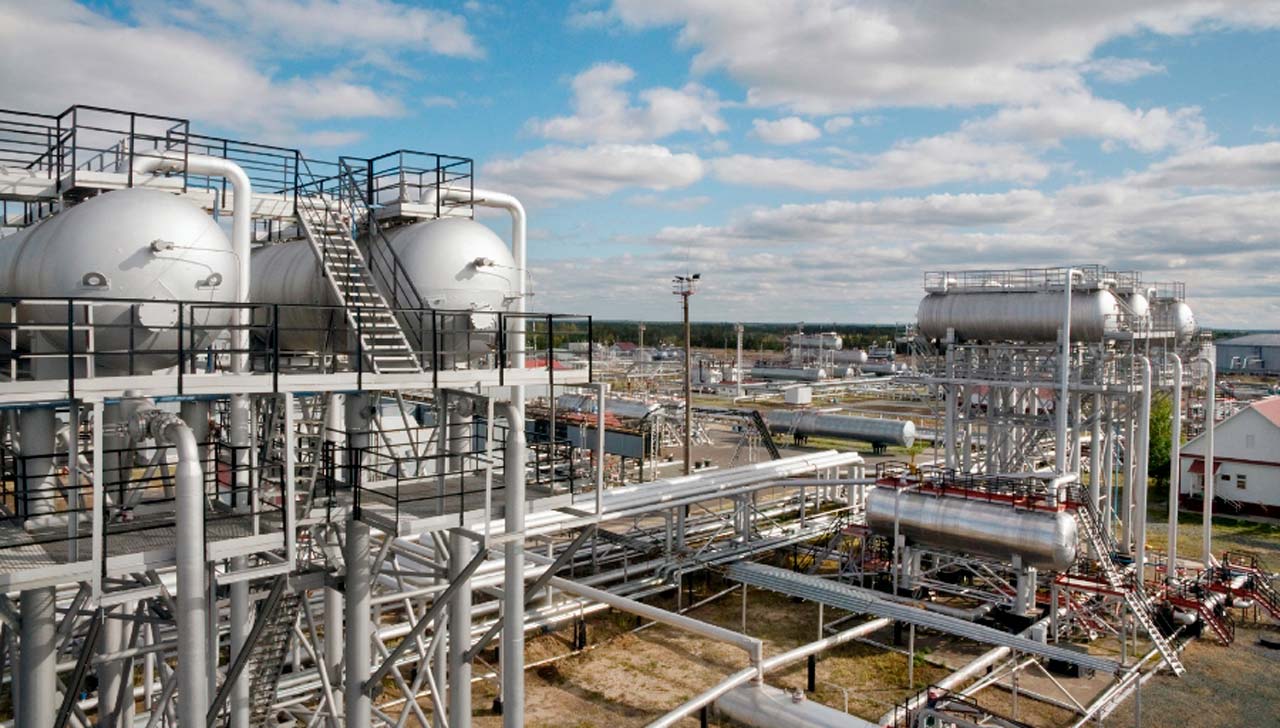In the ever-evolving landscape of energy consumption, gas distribution installations play a pivotal role in ensuring a seamless and efficient supply of natural gas to homes, industries, and businesses. These intricate systems are a testament to human ingenuity, offering a reliable means of delivering this clean and versatile energy source. In this article, we will delve into the intricacies of Formation fluides médicaux, exploring their significance, components, and the advancements that are shaping the future of energy distribution.
The Significance of Gas Distribution Installations:
Gas distribution installations are the unsung heroes of the energy sector, facilitating the widespread availability of natural gas. Whether used for heating, cooking, or powering industrial processes, natural gas has become a cornerstone of modern life. Gas distribution networks serve as the lifelines that connect production centers to end-users, ensuring a continuous and safe supply of this valuable resource.
Components of Gas Distribution Installations:
- Gas Pipelines: At the heart of gas distribution installations are the vast networks of pipelines that crisscross regions, transporting natural gas from production facilities to distribution points. These pipelines, often made from durable materials such as steel or plastic, are engineered to withstand the pressures and environmental conditions they encounter during their journey.
- Compressor Stations: Along the pipeline routes, compressor stations play a crucial role in maintaining the pressure needed to keep the gas flowing. These stations house powerful compressors that boost the pressure of the gas, ensuring it reaches its destination efficiently. Compressor stations are strategically located to optimize the flow and reliability of the entire distribution network.
- Metering and Regulation: As natural gas reaches its final destination, metering and regulation stations come into play. These stations measure the volume of gas consumed, ensuring accurate billing for end-users. Additionally, they regulate the pressure of the gas to match the specific requirements of the local distribution system.
Advancements Shaping the Future:
- Smart Technologies: The integration of smart technologies is transforming gas distribution installations. Advanced sensors and monitoring systems enable real-time data collection, allowing operators to detect and respond to potential issues swiftly. This not only enhances safety but also improves the overall efficiency of the distribution network.
- Renewable Gas Integration: With a growing emphasis on sustainability, gas distribution installations are adapting to incorporate renewable gases such as biomethane and hydrogen. These eco-friendly alternatives contribute to reducing the carbon footprint of the energy sector, aligning with global efforts to combat climate change.
- Distributed Energy Resources: The rise of distributed energy resources, including small-scale renewable energy installations, is influencing the way gas distribution systems operate. These systems are becoming more flexible and adaptable, accommodating the integration of diverse energy sources to meet the changing needs of consumers.
Conclusion:
Gas distribution installations are the backbone of our modern energy infrastructure, silently delivering the benefits of natural gas to our homes and industries. As technology continues to advance, these installations are evolving to meet the challenges of a changing energy landscape.
